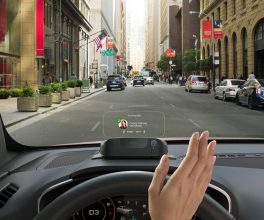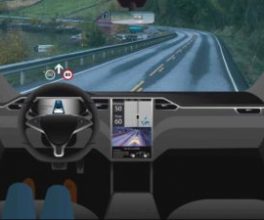In the new age, evolutionary elements such as digitalization, technology innovations, sharing economy and essential changes such as the need to be more sustainable due to the climate crisis, have paved the way for innovative mobility services. The objective is to cover people’s mobility daily needs in the most efficient and effective way.
The COVID-19 pandemic accelerated the process.
There have been drastic changes in our lifestyle beginning from the shift in the way we commute/travel and operate businesses. Anxiety caused by COVID-19 is engraved in our minds, which makes tech-led touchless solutions even more essential.
That’s when MaaS comes in, a situation in which people won’t own vehicles anymore, but instead utilize a range of mobility services.
Why does MaaS fit in?
Considering there is no single transportation method that can fulfill all the diverse and dynamic travel requirements, Mobility as a Service (MaaS) is seen as the solution to improve access to public and private mobility services. In addition to aligning with changing demands, it also fosters a sustainable approach.
What is a MaaS Aggregator?
A MaaS aggregator, is a single interface between those and other mobility solutions and the end-users, allowing them to plan, book and pay for different types of transport via the same application.
How is a MaaS aggregator different from mobility?
It is more than just an app. When we consider the functioning, MaaS involves a lot more than app-based ridesharing. It presents the redefined way of approaching mobility and transportation, which closely align with the dynamics of the new age smart city.
The single interface of MaaS Aggregator connects other mobility solutions and the end-users; which allows them to manage the process, plan, book and pay for multiple types of transport while utilizing the same application.
The major difference between MaaS aggregators and the mobility platforms is not one of size but of type. Mobility platform represents the technological framework used for managing particular transport services such as car-sharing services like Uber. However, MaaS aggregators are multimodal that bring together multiple means of transport, whereas mobility platforms primarily focus on one mode of transport. Mobility platforms can also adapt to the changing dynamics such as car-sharing services; Uber has integrated third-party mobility services such as public transport, bike sharing, etc.
The most important value extended by MaaS aggregator is the integration of different types and levels of services in a single application wherein user can plan, book and pay the most suitable mobility service for every occasion i.e., public transport, ride-hailing and car-sharing services) and also plan multimodal trips.
What do aggregator providers do?
They develop and optimize the technological platforms in order to
- Enable users to plan and manage their trips from a single application
- Provide real-time data of public transport
- Show availability of private transportation services
- Offer the most suitable combinations for their trips
- Enable easy scheduling and booking
Evaluating the current situations and rapid enhancements in technology, it is clear that MaaS promises a revolutionary future for transport where public transport and other shared mobility options like car-sharing, ride-sharing, etc. will be exceeding the importance of private vehicle ownership.

























































